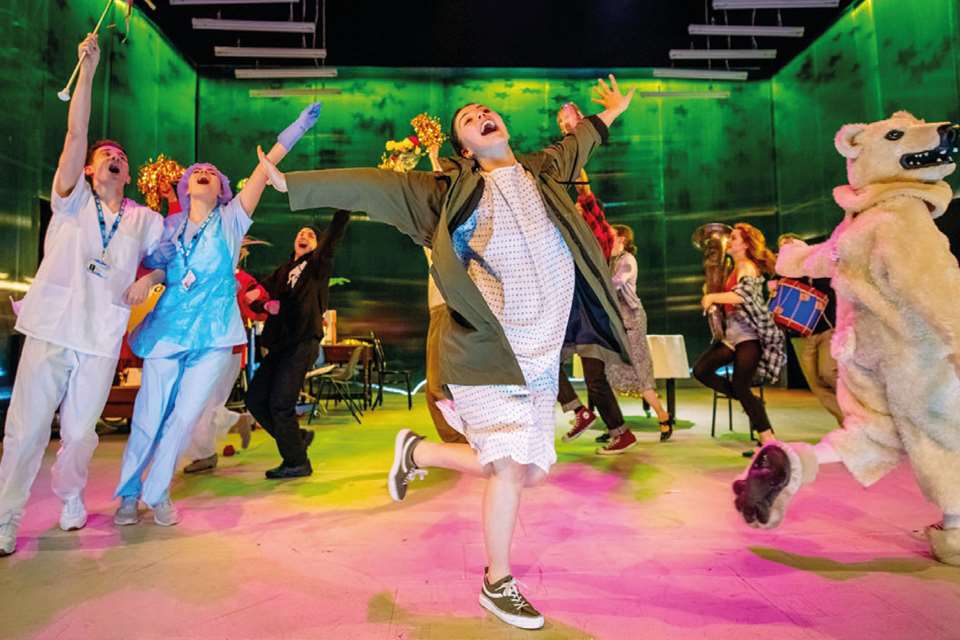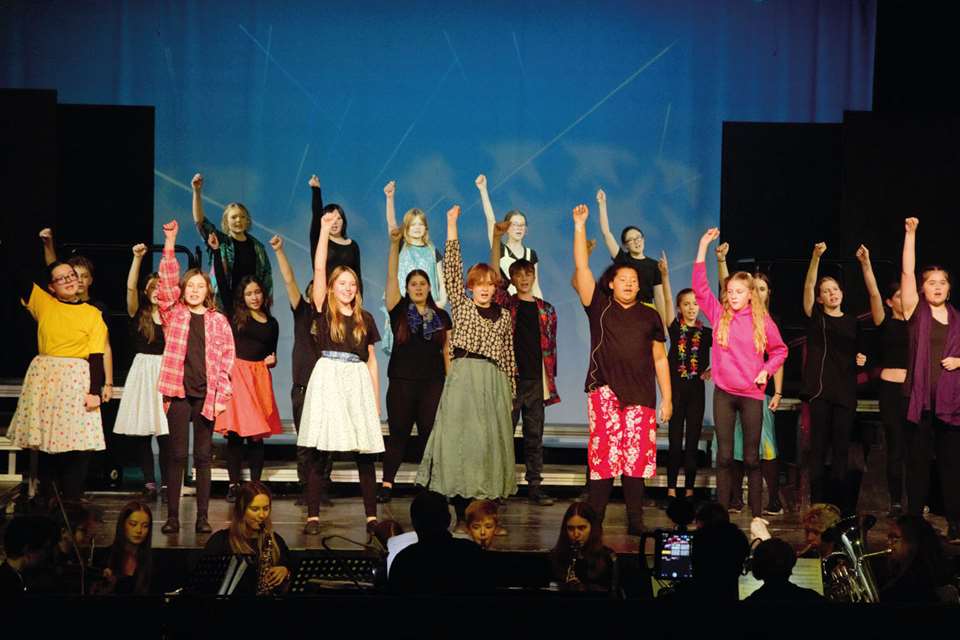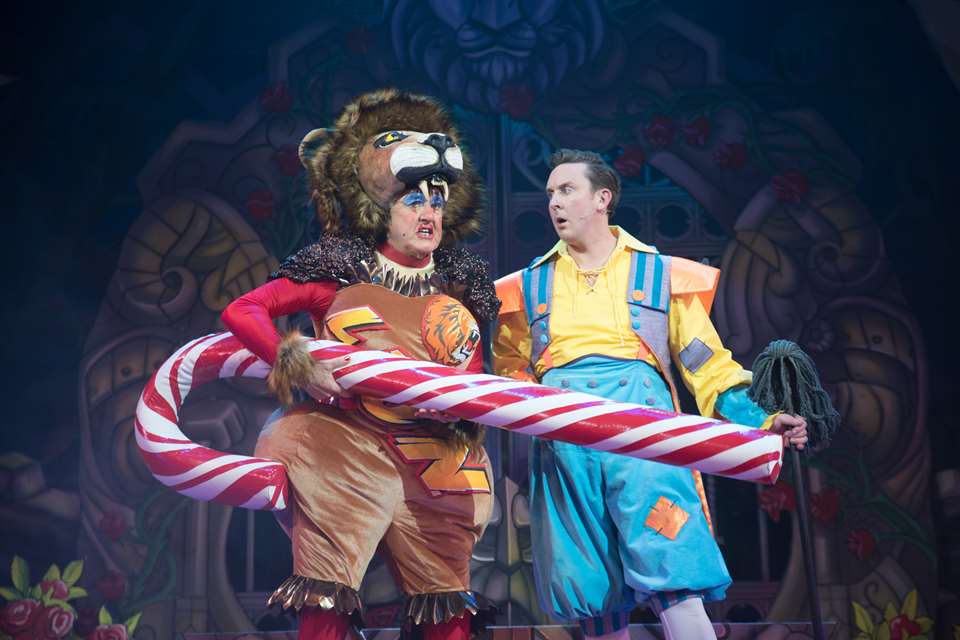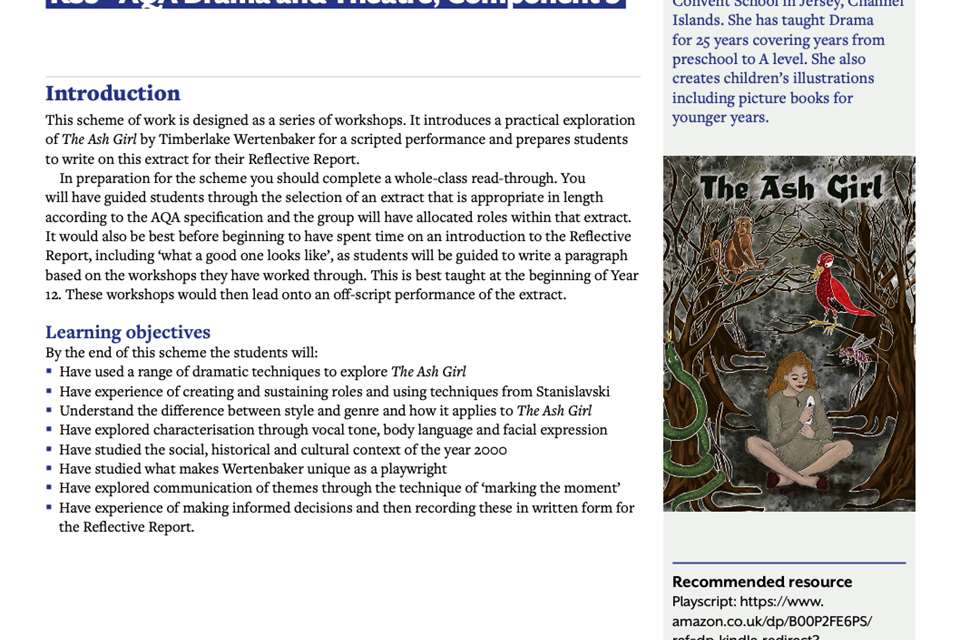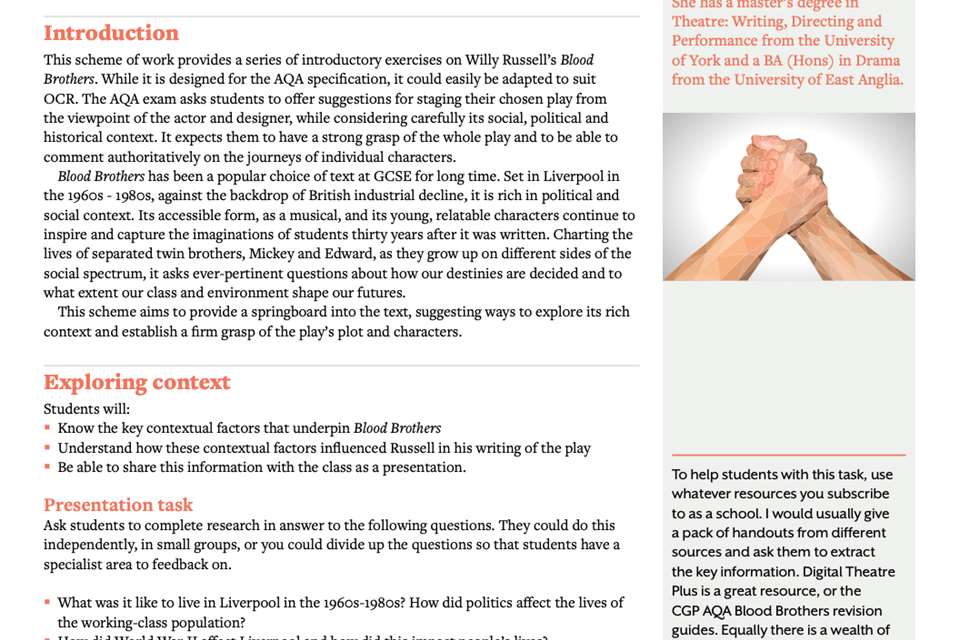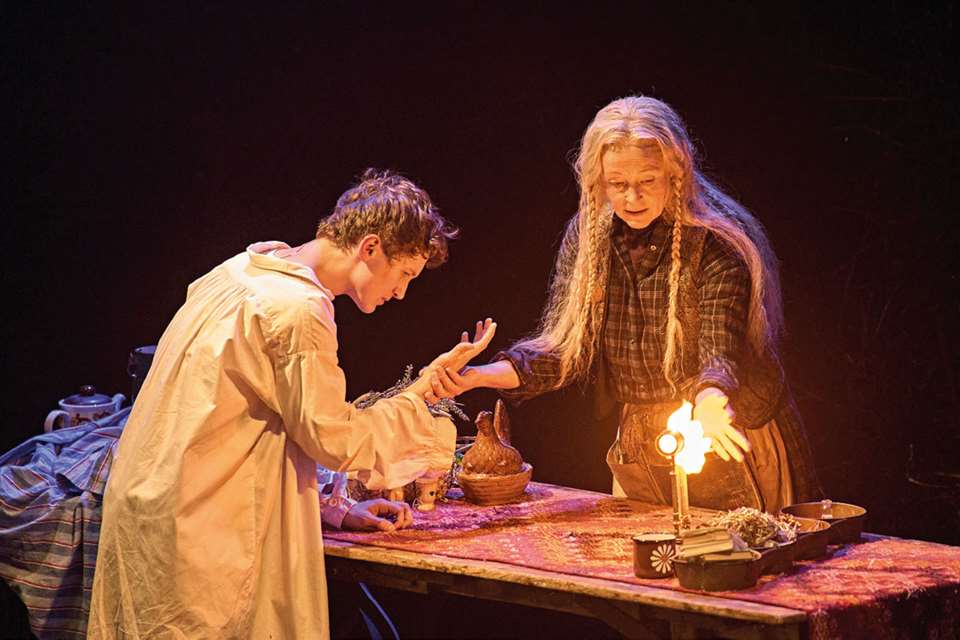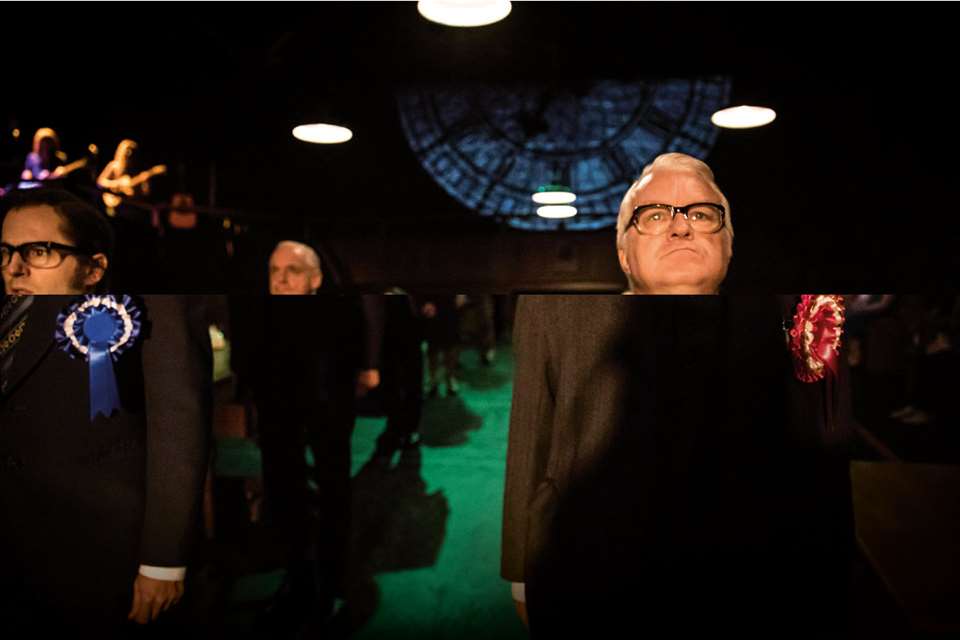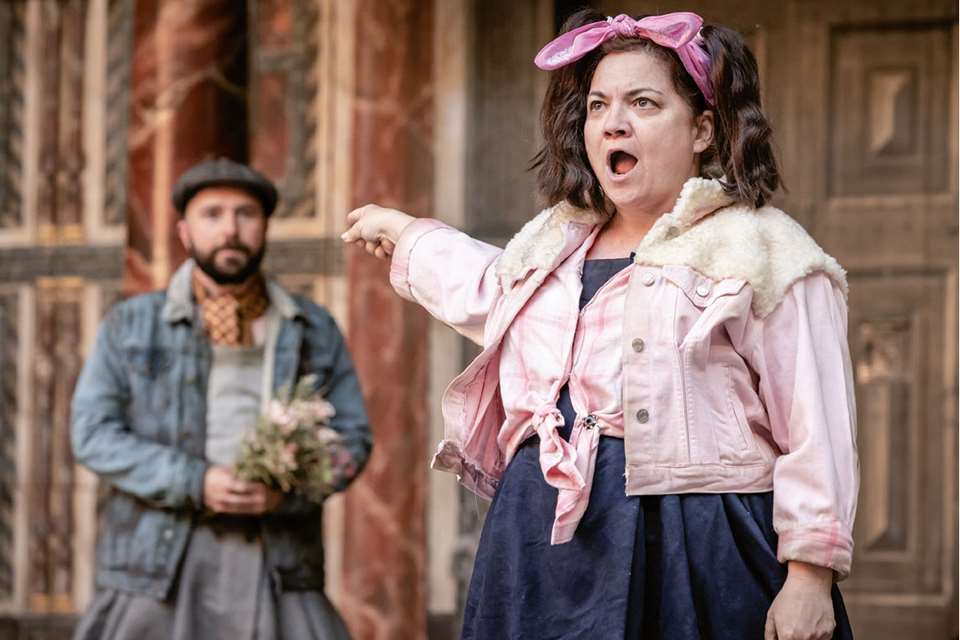Mercury Fur by Philip Ridley
Mat Walters
Tuesday, February 1, 2022
Each issue of D&T we bring you a teachers’ guide to a play for study with your students, written by a fellow teacher. This issue, Mat Walters introduces Mercury Fur, an almost apocalyptic play by Philip Ridley
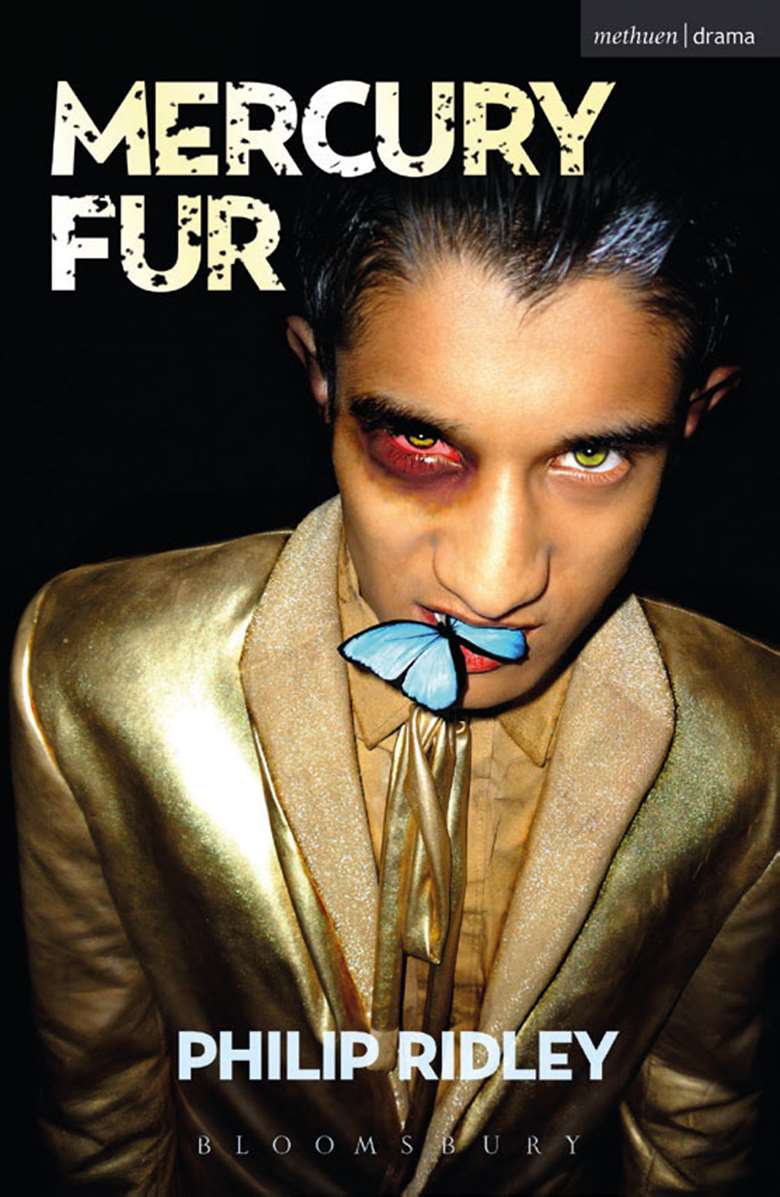
Ridley's Mercury Fur is an extreme and macabre play. It sits partially in the ‘In Yer Face’ theatre school, but it also clearly reflects Ridley's themes of fractured family relationships, crippling memories, the most extreme forms of love and the exploitation of the young. There are clear similarities with Sarah Kane's Blasted, especially in terms of setting, language and time period. It is a savage and searing piece of work, grotesque and often profane, bleakly funny and horrific. It is not for the faint hearted and the language is often brutal and may offend.
Plot and themes
Mercury Fur is set in a very near future verging of the edge of an apocalypse and deals with how a culture steeped in violence impacts on those who inhabit it. The original production in 2005 featured Ben Whishaw in the lead role. The disturbing subject material certainly lends an edge and early reviews described Ridley as a playwright ‘intoxicated by his own sick fantasies’, but this is a play dealing in much more than shock and horror. It is about survival in desperate times and how sadistic excess can become normalised in a version of the future; what passes for morality when morality has broken down.
At the centre of the play is the complex relationship between brothers Elliot and Darren and the extremes they will go to in order to protect each other and survive. Just like the characters of Hayley and Presley in Ridley's The Pitchfork Disney, Elliot and Darren tear into each other but love each other, and the constant shifting emotions give the play its dark, sinister atmosphere. Elliot will do anything to save his brother, and also his boyfriend, the red sequin dress-wearing Lola, whose blast of colour contrasts strikingly with the misery and decay of the flat that provides the play's setting. It is clear that, despite the hideous actions of the brothers, everything they do is driven by their love. With that central theme of unconditional love, Ridley creates characters that desperately deserve our sympathy and understanding, despite their increasing cruel actions. It has all the elements and violence of a modern Greek Tragedy.
Context
Elliot and Darren break into a derelict flat in London's East End and are planning a party for their gang leader, Sphinx. It quickly becomes clear that Elliot deals in ‘butterflies’, extreme mood-altering drugs that can have a devastating impact on those taking them, including the erasure of memories. The planned party takes on a more horrific element when it is revealed that Elliot provides ‘party pieces’ for wealthy individuals who wish to act out their most extreme fantasies, which are filmed for them to relive. The party pieces are drugged individuals, in this case a ten-year-old boy who, when dressed in a gold lame Elvis Presley outfit, will be given to the mysterious party guest to use as he pleases.
Elliot and Darren provide this ‘service’ in order to survive, aided on this occasion by their friend Naz who has a desperate affection for Darren. Sphinx arrives at the party and brings Duchess with him, an older lady whom he looks after, and also, it is strongly suggested, has an emotional connection to Elliot and Darren that has been damaged for all of them by loss of memories. Duchess also seems to confuse her own life and memories with those of Maria in The Sound of Music. The arrival of the psychotic ‘Party Guest’ brings the simmering tensions and violence to a head as Naz is forced into becoming ‘the party piece’ and Elliot and Darren must make a moral choice between survival and friendship.
Suggested practitioners
The play's complex characters and relationships suggest a Stanislavskian approach, and the majority of productions have reflected these naturalistic elements. However, there is a clear surreal element to Mercury Fur and the spoken sparring between Elliot and Darren, including some extreme and, at times, poetic language means that an Artaudian approach can work. Elliot and Darren's opening and closing duologues are powerfully written considerations of nature of love and how it pushes and pulls to extremes. The sequences where they declare their love for each other clearly reflect the chaos and calm of The Theatre of Cruelty with both of them repeating ‘I love you so much I could kill you and kill you’ and ‘I love you so much I could burst into flames’. These sequences seem to benefit from a heightened physicality that reflects the surrealism and power of Artaud's ‘universal truths’.
Suggested approaches
This is a play for mature A Level Drama students. The set is perfect for a design student as a found material/scrapheap approach works well. The most extreme violence happens offstage, again linking it to Greek Tragedy but there is a final physical altercation that needs careful choreography and a switch between slow motion and naturalism here would heighten the impact and reflect Artaud. The central characters of Elliot, Darren, Lola and especially Naz need to be sympathetically played, in order to highlight the tragedy of their situation and emphasise how their actions are those of the exploited, not the cruel. This again links clearly with Artaud's concept of cruelty as not individual but cultural and metaphysical. The costumes for Lola and The Party Piece are vital, providing jarring bursts of colour in an otherwise dank and broken world. This is dystopia at its most extreme.
Links and resources
- Philip Ridley Plays: 2 by Philip Ridley (the introduction to this is a play in itself)
- The Theatre and Its Double by Antonin Artaud
- Artaud's Theatre of Cruelty by Albert Bermel
- The Reflecting Skin and The Passion of Darkly Noon – films directed by Philip Ridley
- Reviews of the Lion Theatre Company (2020) and New Group Theatre Company (2015) productions of the play.


